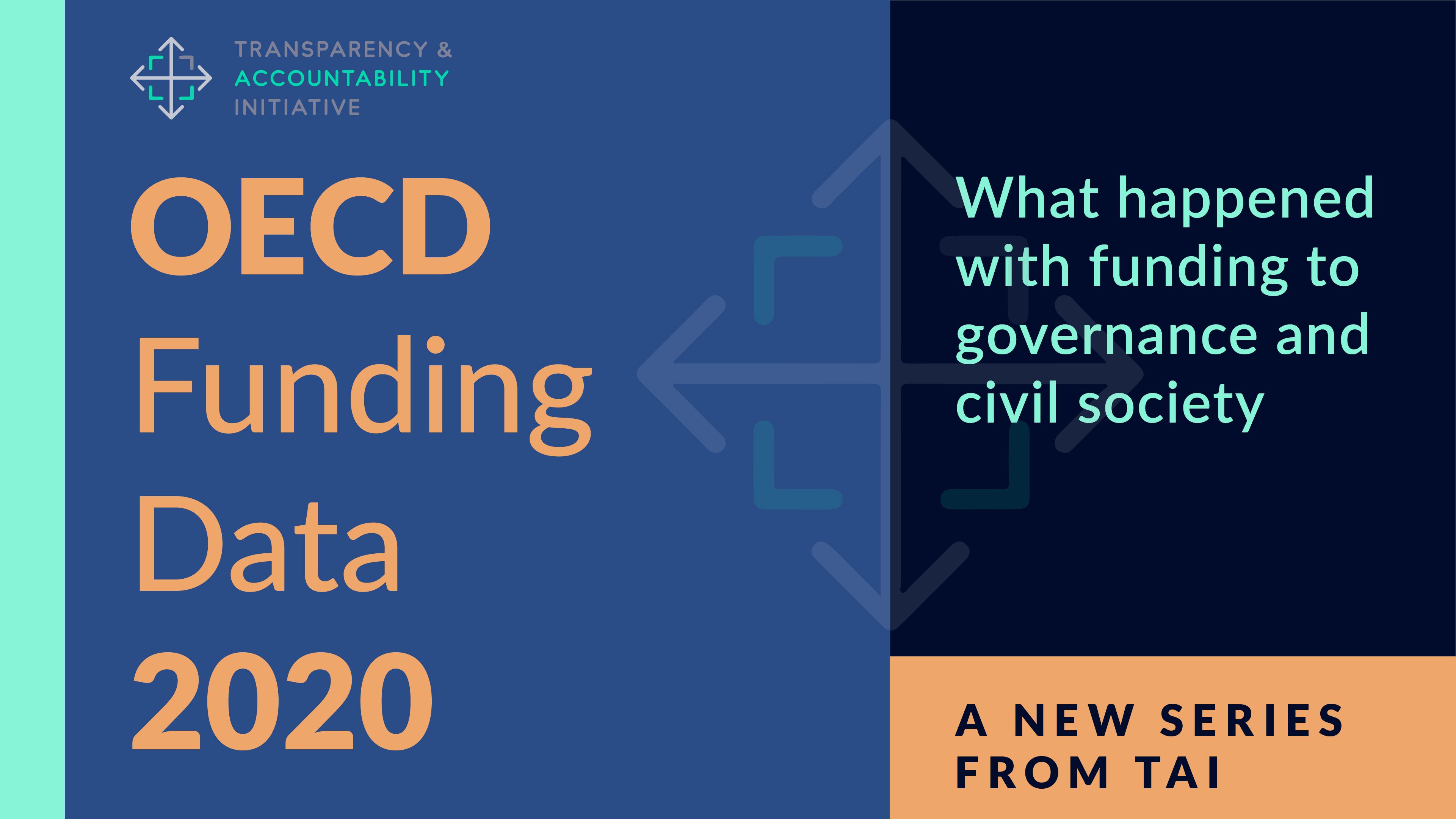Exploring the latest official development assistance figures.
Since the start of the COVID-19 pandemic, many have been speculating on how international funding for political, economic, and social development may be changing. In 2020, the Organization for Economic Co-operation and Development (OECD), which collects data on financing for development, discussed how developing economies and tax revenues were being hit hard, leaving external development finance as an important source of support. At that time, it was not yet clear how external finance was responding to the pandemic beyond what could be gathered from news announcements.
In the interrelated fields of governance, support to civil society, and transparency, participation, and accountability (TPA), activists and funders have also been worried. For example, Civicus raised three funding concerns for civil society during the pandemic. These included risks to sustainability of civil society organizations (CSOs) and jobs due to economic crisis and lockdown, relief funding bypassing
critical issues that affect the most vulnerable, and less funding and opportunities for youth activists and those working on other social causes.
TAI has also been watching this space—TAI and its members see that funding for civil society and governance is absolutely critical during these times of crisis. Inclusive governance is valuable in its own right and underpins outcomes in many other sectors. Therefore, last year, we published a brief summarizing perspectives on the possible trajectory of international funding in light of the pandemic and other shifting priorities. At that time, the data on external funding for 2020 was not yet available from the main data source held by the Development Assistance Committee (DAC) of the OECD¹. Thus, we drew on the viewpoints of 16 funders and experts, as well as announcements and news releases.
This past April, the OECD DAC released the data on 2020 funding. Its data set is the most comprehensive repository on international public funding for development, covering major bilateral and multilateral funders, as well as many major philanthropic foundations. For details on the data, see Box 1. Although its standards have been criticized for overvaluing debt relief and loans², among other issues, it still offers the best way to gauge funding changes.
In this brief, we share some answers about what happened in the first year of the pandemic to funding flows for government and civil society. We cover the overall increase in funding, what types of funding increased the most, and which development partners had the largest changes. We also cover changes in important sub-sectors and some big changes across countries intended to benefit from the funding. Finally, we look at what kinds of organizations received funding.
Alongside this brief, TAI created a dashboard and a set of infographics of this data. We invite readers to take a look, explore the data, and conduct their own analyses. The data can be viewed by region, country, funder, purpose, and other key dimensions.
